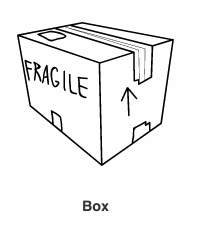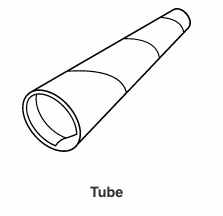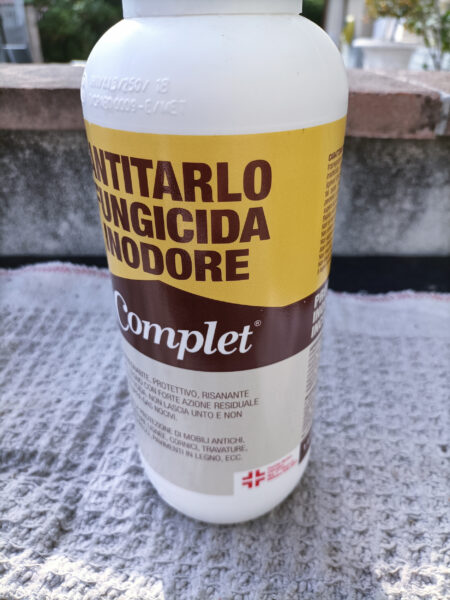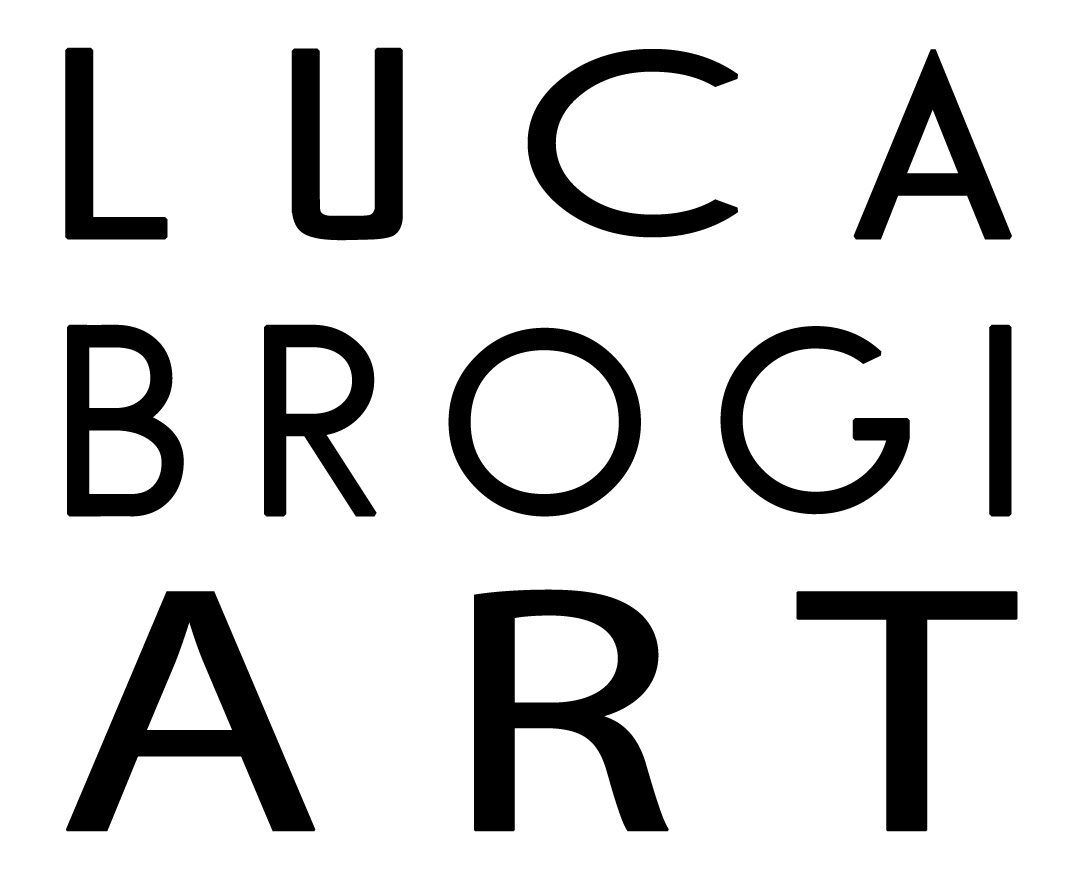SHIPPING
Some products require 3/4 days for printing and assembly. Costs vary based on the item and are indicated at the time of ordering. You can also make a prediction by entering the delivery address.
PACKAGING OF THE WORKS FOR SHIPPING

Below are instructions on how the artworks are packed:
Paintings smaller than 121x121cm
Paintings larger than 121×121 cm
Framed paintings
Painted on rolled canvas
All artworks of 121 cm or larger on one side must be packed in a wooden crate.
Paintings smaller than 121×121 cm
Step 1: The painting is wrapped in acid-free glassine paper or archival tissue paper. Note that any material that comes into contact with the surface of the work is of archival quality.
Step 2: Four (4) 20×20 cm square pieces of acid-free glassine or tissue paper are on each corner of the painting.
Step 3: The painting is wrapped on a sheet of foam board (or two-ply cardboard) the same size or slightly larger than the painting for solid support.
Step 4: The artwork is covered in paper with a plastic tarp / plastic wrap or inside a heavy plastic bag.
Step 5: The entire work is wrapped with two (2) layers of bubble wrap for protective padding.
Step 6: Cardboard corner protectors are on the corners of the artwork.
Step 7: The artwork is wrapped between 2 pieces of cardboard or foam liner at least 1,5 cm thick (or two-ply cardboard), forming a sandwich. Also, the edges of the cardboard sheets extend by 5-8 cm beyond all edges of the bubble-wrapped artwork.
Step 8: The painting is thus placed in a cardboard box with approximately three (3) cm of empty space on all sides.
Step 9: Packaging tape is used to completely seal the opening flaps of the box. Additional strips of tape are on the flaps for additional reinforcement.
Step 10: A shipping label is applied to the package. With We put the writing “FRAGILE” in capital letters on the box, or a ready-made label “FRAGILE”.
Paintings larger than 121x121cm
All artworks of 121 cm or larger on one side are packed in a wooden crate.

Step 1: The painting is wrapped in acid-free archival paper or tissue paper.
Step 2: Four (4) 20×20 cm square pieces of acid-free paper or tissue paper are on each corner of the painting.
Step 3: The painting is wrapped on 2 sheet of cardboard (or two-ply cardboard) or foam liner the same size or slightly larger than the painting.
Step 4: The artwork is covered in paper with a plastic tarp / plastic wrap or placed inside a heavy plastic bag.
Step 5: The artwork is wrapped with at least three (3) layers of bubble wrap for protective padding.
Step 6 – The whole thing is placed in a wooden crate and sealed.
Framed paintings

Personalized wooden crate if the framed artwork is larger than 45×60 cm

Step 1: Cardboard box that fits the framed painting plus approximately eight (8) cm of space on all sides.
Step 2 – if the picture is with glass or acrylic sheet, cross tape will be put on to prevent it from breaking.
Step 3 – The glass / acrylic sheet is wrapped between two bubble wrap sheets approximately 5 cm larger than the glass on all sides and sealed All with foam and packing tape
Step 4: The painting is wrapped in tissue paper or acid-free paper.
Step 5: To protect from moisture, the artwork is wrapped with a plastic tarp or plastic wrap
Step 6: Cardboard corner protectors are added to the corners of the artwork.
Step 7: The framed painting is wrapped in three (3) layers of bubble wrap, using masking tape to secure it. If the framed painting is larger than 121x121cm, you will build a wooden crate and seal the work inside.
If your framed painting is less than 45×60 cm
Step 8: the painting is wrapped in turn inside two sheets of foam rubber and fixed everything with adhesive tape.
Step 9: It is placed inside a sturdy cardboard box. To minimize movement inside the box, the empty areas around the artwork are filled with torn paper. The box is sealed with tape, with reinforced corners.
Step 10: Place a shipping label on the package. The wording “FRAGILE” in capital letters on the package, or a ready-made label “FRAGILE”.
Painted on rolled canvas
Canvas paintings up to 183x183cm can be removed from the frame, rolled up and shipped in a heavy duty mailing tube with a diameter of 21-33cm, depending on the size of the canvas.

Step 1: The canvas is placed between two layers of acid-free archival paper.
Step 2: The paper covered artwork is rolled with the paint side out, around the smaller tube to provide internal support.
Step 3 – A layer of bubble wrap is then rolled around the artwork for padding and to seal in moisture.
Step 4: Place this tube inside the outer mailing tube.
Step 5: The tube is clearly marked “FRAGILE”.
Flat artwork; Drawings, Photography, Collage Below are instructions on how to pack:
Flat artwork under 121×121 cm
Flat artwork larger than 121×121 cm
Flat framed artwork Rolled paper graphics
Flat works under 121×121 cm

Step 1: The painting is wrapped in tissue paper or acid-free paper.
Step 2: Four (4) 20x20cm square pieces of acid-free glassine or tissue paper are placed on each corner of the painting.
Step 3: The painting is wrapped on a sheet of foam board (or two-ply cardboard) the same size or slightly larger than the painting for solid support.
Step 4: To protect from moisture the artwork is covered with a plastic sheet / plastic wrap or placed inside a heavy plastic bag.
Step 5 – Place the wrapped artwork between 2 pieces of foam cardboard (or two-ply cardboard), forming a “sandwich”. Also, the edges of the foam board should extend at least 5-8 cm beyond all edges of the artwork. Use packing tape to tie the foam sandwich together, adding extra tape at the corners for reinforcement. Make sure the sides are securely fastened to make sure the artwork doesn’t move inside.
Step 6: The artwork is covered with foam board in a cardboard box with approximately eight (8) cm of space on all sides. The empty space is filled with bubble wrap or shredded clean white paper to ensure the artwork does not shift during transit. The box is completely closed with adhesive tape, with reinforced corners.
Step 7: The “FRAGILE” shipping label is affixed to the package.
Flat works larger than 121×121 cm

Step 1: The painting is wrapped in tissue paper or acid-free paper.
Step 2: Four (4) 20x20cm square pieces of acid-free glassine or tissue paper are placed on each corner of the painting.
Step 3: The painting is wrapped on a sheet of foam board (or two-ply cardboard) the same size or slightly larger than the painting for solid support.
Step 4: To protect from moisture the artwork is covered with a plastic sheet / plastic wrap or placed inside a heavy plastic bag.
Step 5 – Place the wrapped artwork between 2 pieces of foam cardboard (or two-ply cardboard), forming a “sandwich”. Also, the edges of the foam board should extend at least 2-3 inches beyond all edges of the artwork. Use packing tape to tie the foam sandwich together, adding extra tape at the corners for reinforcement. Make sure the sides are securely fastened to make sure the artwork doesn’t move inside.
Step 6 – Then the artwork is sealed inside a wooden box.
Flat framed artwork

Personalized wooden crate if the artwork is larger than 40×60 cm

Step 1: The one framed painting is placed in a sturdy cardboard box with plus approximately eight (8) cm of space on all sides. (This extra space houses the layers of bubble wrap.)
Step 2 – the protective glass or acrylic sheet is removed.
Step 3: Two pieces of painter’s tape are applied diagonally across the glass / acrylic plate to form a large “X”. If the glass breaks during shipping, the tape helps hold the broken pieces together.
Step 4 – the glass / acrylic plate is wrapped between two cardboard sheets that are approximately 5cm larger than the glass on all sides. The foam board sandwich is sealed tightly all around with packing tape.
Step 5: the sandwich is placed between two layers of foam with glass / acrylic sheet inside with bubble wrap and sealed with adhesive tape. It is then packed together with the framed artwork inside the box or crate.
Step 6: The painting is wrapped in tissue paper or acid-free paper.
Step 7: To protect from moisture, wrap the artwork with plastic tarp or plastic wrap.
Step 8: The framed painting is wrapped in three (3) layers of bubble wrap, using masking tape to secure it.
Step 9: Cardboard corner protectors are added to the corners of the work.
If your framed painting is larger than 40x60cm, it will be sealed inside a wooden crate.
If your framed painting is less than 40x60cm
Step 10: The painting is wrapped between two foam sheets and taped all the way around.
Step 11: The painting is inside a sturdy cardboard box with paper filling in the empty areas around the artwork. The box is completely closed with adhesive tape, with reinforced corners.
Step 12: The shipping label is on the package like “FRAGILE”.
Rolled paper graphics
Paper artwork such as sketches, photographs, watercolors, etc., can be rolled up and shipped in a heavy duty postal tube with a diameter of 21-33cm, depending on the size of the artwork.

1: The artwork is between two layers of acid-free paper or archival paper. The work is completely covered by the paper.
Step 2: The paper covered artwork is rolled up and inserted into the smaller tube to provide internal support.
Step 3 – Then, rolled up in a layer of bubble wrap it is sealed completely with masking tape.
Step 4: The tube is then placed inside the larger postal tube.
Step 5: “FRAGILE” in large capital letters is written on the tube.
Sculptures

Step 1: The sculpture is wrapped at the top and then the bottom securely several times with the bubble wrap. How many layers depends on the shape and fragility of the work.
Step 2: Protective top layers are put on the work using several pieces of bubble wrap large enough to cover and overlap the previously applied wrap.
Step 3: Some tape is used to seal the whole thing. If your sculpture is less than 31cm tall and weighs less than 2.30kg, it will be shipped in a sturdy cardboard box. If your sculpture is more than 31cm tall and / or weighs more than 2.30kg, it will be shipped in a custom wooden crate. As in step 4
Step 4: Before placing the bubble wrap sculpture, the crate is about 1/3 filled with torn paper. If using a cardboard box, the bottom of the box will be reinforced with extra tape (across the flaps and sides) before filling with paper. The sculpture is placed inside. The rest of the box is filled with shredded paper, surrounding the sculpture.
IMPORTANT: Make sure the dimensions of the crate or box are approximately five (5) or eight (8) cm larger on all sides than the sculpture itself.
Step 5: If using a cardboard box, the opening flaps of the box are sealed. If using a wooden crate, the lid will ONLY be closed with screws (without glue) so that it is easy to open.
Step 6 – on the crate or box it is indicated which side is the bottom and which is the top by writing “THIS SIDE UP” and drawing an arrow pointing upwards on all side panels to let the shippers know in which direction the crate / box should be held or put down.
Step 7 – It clearly indicates which panel is the removable cover by writing “UNLOCK THIS SIDE ONLY” so the recipient knows which panel to remove.
Step 8: Clearly mark the crate or box as “FRAGILE” in large capital letters using a heavy black marker, or using ready-made “FRAGILE” labels.
Crates
A wooden crate is used for works of art such as sculptures, large flat works of art, paintings larger than 121x121cm and fragile objects.


Materials exempt from the application of ISPM-15.
Or treated with a chemical anti-moth product.




